

 Publishing Director
Publishing Director Sarah Lavelle
Commissioning Editor Cline Hughes
Creative Director Helen Lewis
Senior Designer Katherine Keeble
Photographer Columbus Leth
Production Director Vincent Smith
Production Controller Nikolaus Ginelli First published in 2018 by Quadrille Publishing Ltd
Pentagon House, 5254 Southwark Street, London SE1 1UN
www.quadrille.co.uk | www.quadrille.com Quadrille Publishing is an imprint of Hardie Grant
www.hardiegrant.com.au Text 2018 Trine Hahnemann
Photography 2018 Columbus Leth
Design and layout 2018 Quadrille Publishing Ltd All rights reserved. No part of this publication may be reproduced, stored in a retrieval system, or transmitted in any form or by any means, electronic, electrostatic, magnetic tape, mechanical, photocopying, recording, or otherwise, without prior permission in writing from the publisher. The rights of Trine Hahnemann to be identified as the author of this work have been asserted by her in accordance with the Copyright, Design and Patents Act 1988. Cataloguing-In-Publication Data: A catalogue record for this book is available from the British Library. eISBN: 9781787132771

 Smrrebrd, or open sandwiches, are easy, healthy, everyday food. They are ingrained in the daily Danish food culture starting from an early age.
Smrrebrd, or open sandwiches, are easy, healthy, everyday food. They are ingrained in the daily Danish food culture starting from an early age.
When we move from baby food to solids, one of the first things we try is tiny squares of rye bread with butter and cheese, or liver pt, or, like my children, hummus. Eating rye bread with toppings is for Danes as rice is for the people of Japan.All Danes have a favourite smrrebrd. They can be elaborate constructions, but when they are everyday eating we call them madder instead. My favourite in summertime is potato, or spread or banana.When I was a little girl and spent the summer at my grandparents beach house, my morfar (grandfather) would always make me three pieces of smrrebrd. I would go into the sea and have my last swim of the day. Morfar would be waiting with my bath robe and my three madder.
There would be two savouries, which varied depending on the kitchen leftovers, such as potatoes and meatballs; the third would always be with raisins. Eating my supper, sitting on the beach, feeling the day coming to an end with my morfar at my side, will always be a very fond memory. My love for madder might be hidden right there.I am really proud to share these ideas, and my sincere hope is that these recipes will inspire you to get on board with a truly unique Danish tradition that is such a big part of my life.Smrrebrd (pronounced smuhr-broht) means, in Danish, simply butter on bread. But it means so much more than that: it is, without doubt, a food culture unique to Denmark, indeed, one of Denmarks contributions to the world of food. It is something that most Danes have grown up with and eaten daily, either as the simple kind we call madder, or in a more elaborate form as smrrebrd. It is the traditional Danish lunch, and it dates back to at least the Middle Ages.
Initially, the rye bread, spread with butter or fat, would have various leftovers served on top, but that has grown over time into its own genre of food. The whole concept of smrrebrd really evolved as fresh ingredients became more readily available. In the 19th century, fresh fish and meat started to be sold at small markets, and little local factories started popping up to make plg: the name for all the things we use to top the rye bread, such as cold cuts, cheese, vegetables and fruit. In 1880, the elaborate smrrebrd was developed, with a multitude of different toppings and combinations. A whole new food culture took form, with its own rules. In fact, a whole new system of education was established, dedicated to learning the art of smrrebrd.
It was designed for women; after graduation you could call yourself smrrebrdsjomfru, which means an open-faced-sandwich virgin! The famous Danish writer Hans Christian Andersen is known for his love of food, including smrrebrd. When he paid visits to bourgeois families in Copenhagen during the mid 19th century, he was sometimes disappointed about the supper he was offered. Anticipating this, he would eat smrrebrd before leaving home, or order some from his housekeeper for when he returned. He wrote in his dairy that it was to settle his nerves. Smrrebrd also became the first Danish takeaway. In Copenhagen and larger cities, smrrebrd shops began to open at the turn of the 19th century.
It became very common to go to those and pick up smrrebrd for dinner, when you wanted a treat yourself, or to entertain guests. The takeaway places still exist. Dance halls would also serve smrrebrd. It was very popular for supper because it was quick to eat, which meant young people had more time for dancing, instead of having to spend the evening tied to a dinner table. There are also restaurants specializing in smrrebrd, including one family restaurant that opened in 1880. They offer their customers a menu of smrrebrds-seddel, listing the options available.
Denmarks oldest restaurant, Lumskebugten, serves smrrebrd for lunch every day, and it is my favourite place for it in Copenhagen. Its classic, the produce is great, and its made with respect and love. I wish the walls could talk and tell stories from past times. Smrrebrd is gaining in popularity after some years of dwindling interest during the last years of the 20th century. There were various reasons for the downturn. One reason was that all the toppings and rye bread became mass produced, so the quality deteriorated, becoming more salty and sweet, but also more bland.
Another was the impact of competition from shawarma, burger joints and other fast-food concepts. But things are looking up. The new focus is on super-modern, simple smrrebrd, with home-baked, high-quality rye bread back at the centre. Everything must be home-made. Artisan schnapps, and beer from microbreweries, are part of the concept again. Schnapps is often served ice cold, always poured to the rim of the mini wine glass in which it comes.
In smrrebrd restaurants, these glasses are kept in the freezer. When drinking schnapps, you will get a burning sensation, as it is usual to down the glass in one. For women, its okay to drink it in two; we call this to bite it over. In the cold, dark Scandinavian winter months, back in the good old days, it was drunk to warm you up and also believed to be good for the circulation. That could be just an excuse, though At the table, before you start eating, there is always a toast with the first glass of schnapps. You raise the glass, taking care that not a single drop is spilled, toast, then drink, throwing your head back.

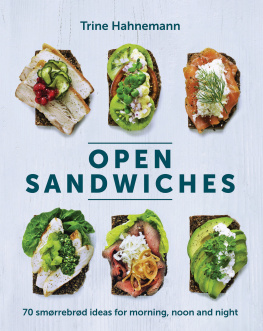
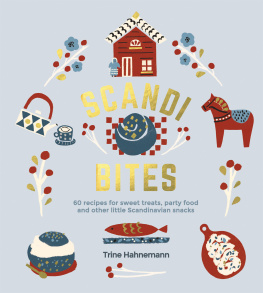


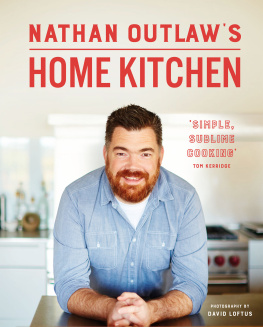

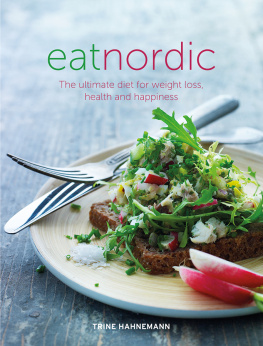
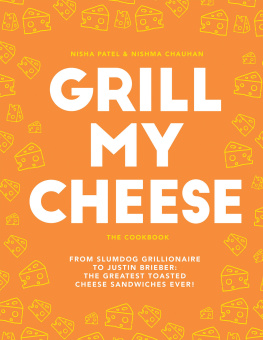
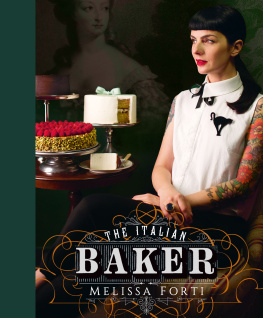
![Lander William - The Quality Chop House: [modern recipes and stories from a London classic]](/uploads/posts/book/166130/thumbs/lander-william-the-quality-chop-house-modern.jpg)
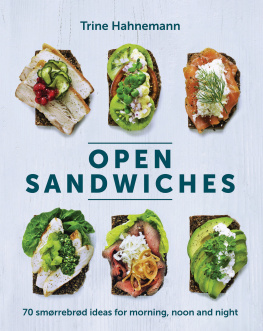



 Publishing Director Sarah Lavelle
Publishing Director Sarah Lavelle
 Smrrebrd, or open sandwiches, are easy, healthy, everyday food. They are ingrained in the daily Danish food culture starting from an early age.
Smrrebrd, or open sandwiches, are easy, healthy, everyday food. They are ingrained in the daily Danish food culture starting from an early age.